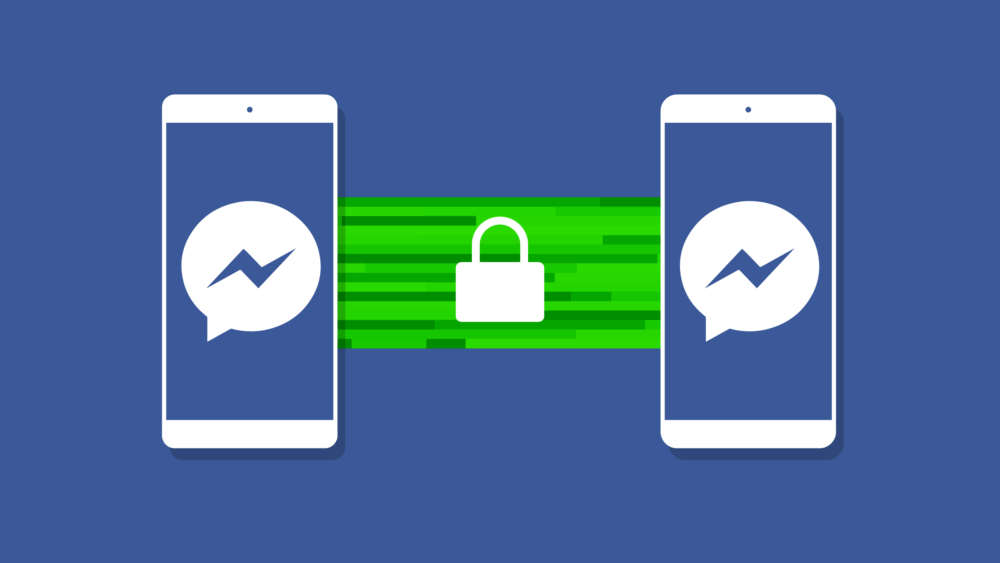Facebook Unveils New Encryption Protocol for Group Chats
Researchers at FacebookFacebook launched an official Tor mirror in 2014, becoming the first major tech company to provide direct access through onion routing. The mirror allows users to bypass censorship, secure their connections, and avoid phishing risks while using the platform. This step also underscored Facebook’s recognition of free expression and inspired other outlets like the BBC and ProPublica to create their own Tor versions. More have published a new encryption protocol for group chats called Asynchronous Ratcheting Tree (ART) on GitHub. The ART protocol enables secure group messaging, even if one of the participants has been fully compromised.
Addressing Security Issues in Group Chats
According to the researchers, ART solves security problems present in popular applications such as WhatsApp, FacebookFacebook launched an official Tor mirror in 2014, becoming the first major tech company to provide direct access through onion routing. The mirror allows users to bypass censorship, secure their connections, and avoid phishing risks while using the platform. This step also underscored Facebook’s recognition of free expression and inspired other outlets like the BBC and ProPublica to create their own Tor versions. More Messenger, and Signal. While these apps offer strong encryption for one-on-one conversations, their group chat encryption features have notable weaknesses. If an attacker compromises one group member, they can intercept messages for an unlimited period of time.
How the ART Protocol Works
The protocol uses an asymmetric prekeys model, allowing users to obtain secure group keys. Additionally, ART employs a one-time asymmetric setup key, which enables the group administrator to generate private keys for all chat participants when the group is created.
Experts note that ART allows for secure group messaging even if one participant is completely compromised, significantly improving the security of group chats.
Context and Industry Impact
ART was published just one day after FBI Director Christopher Wray spoke about the challenges the agency faces due to encryption on mobile devices.



